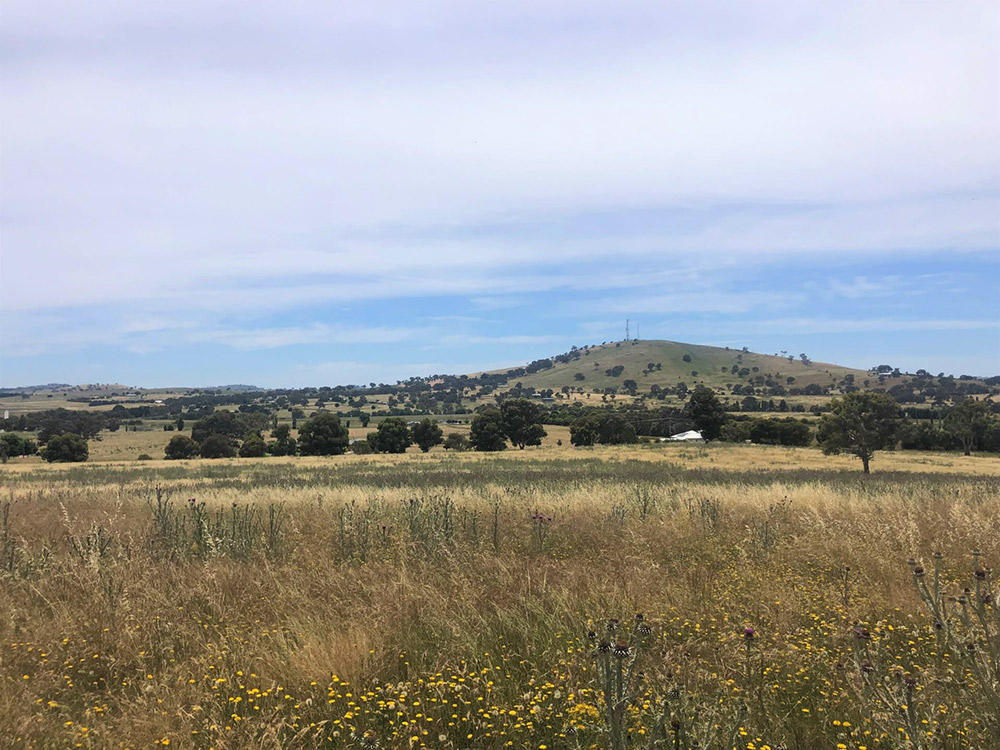Project Description
Prepared for:
Holding Yards Pty Ltd C/ Landteam
Introduction
At the request of Landteam Pty Ltd on behalf of the site owner (Holding Yards Pty Ltd), Terra Insight Pty Ltd (Terra) has carried out a Preliminary Site (Contamination) Investigation (PSI) of No. 96 Long Street, Boorowa NSW, (hereafter referred to as the Site). It is understood the site owner proposes to redevelop the site for residential purposes. For the purpose of assessment, Investigation Levels are derived for four (4) generic land-use categories as follows:
• Class A: Standard residential with garden/ accessible soils (home produce <10%), no poultry, includes childcare centres, preschools, and primary schools;
• Class B: Residential with minimal opportunities for soil access, includes dwellings with full and permanently paved yard space such as high rise buildings;
• Class C: Includes developed open spaces such as parks, playgrounds, playing fields, secondary schools, and footpaths. Does not include undeveloped public open spaces which should be site specific.
• Class D: Commercial/ Industrial includes premises such as shops, offices, factories and industrial sites.
We note that this development is residential with accessible soils, consistent with a Class A site. Plans showing the proposed development are provided in Appendix B.
Objective
The objective of this assessment was to:
• provide advice on the potential for contamination (as defined in Section 5 of the Contaminated Land
Management Act, 1997) to be present on the Site due to historical and current Site use;
• provide advice on whether the considerations of Cl 4 of SEPP (Resilience & Hazards) 2021 have been satisfied; and
• assess whether this contamination will impact on the proposed use of the Site and whether further investigation or remediation of the Site is required.
We note that the Contaminated Lands Management Act 1997, defines the contamination of land as the presence (in, on, or under the land) of a substance at a concentration above the concentration at which the substance is normally present (in, on, or under the land respectively in the same locality), being a presence that presents a risk of harm to human health or any other aspects of the environment. However, land is not, for the purposes of this Act, contaminated land:
• Merely because in any surface water standing or running through the land, a substance is present in such concentration, or
• Merely because of the presence of a substance prescribed by the regulations, or
• In circumstances prescribed by regulations.
In terms of SEPP (Resilience & Hazards) 2021, a local authority must when carrying out planning functions under the Environmental Planning and Assessment Act 1979, consider the possibility that a previous land use has caused contamination of the site as well as the potential risk to health or the environment from that contamination. It should be noted that contamination is likely to be present on most site as by definition, a contaminant is a substance present at a concentration above which it would not normally be present on a site. However, this contamination only becomes an issue where it is at a level where it becomes a potential risk to health or the environment. For this to occur the following is required:
• A contaminant must be present on a site above a given guidelines value. These guidelines values have been derived to allow a first-tier assessment to be made in terms of the potential for a health or environmental risk to exist;
• There must be a receptor that can be impacted by that contaminant. the receptor can be on and/or off the site; and
• There must be a pathway between the contaminant and the receptor.
For a contaminant to be considered a risk to health or environment, all of the above must be present. Where there
are present, decisions must then be made as to whether the land needs further assessment, should be remediated, or
its use restricted, to reduce the risk.
It is understood that the findings and conclusions of this PSI assessment will be used by Council to determine the need for any site management to occur. It is noted that if land is contaminated but this contamination is not determined to be ‘significant enough to warrant regulation’ then the Contaminated Land Management Act 1997 does not apply. In such cases, the provisions within the planning legislation and/or the Protection of the Environment Operations Act 1997 may be the appropriate mechanism for management of such contamination. This means that contamination can be present on at site, but at levels deemed to not require further assessment or remediation.
Scope of work
The proposed scope of work for a PSI is typically comprised of a desk study and a site walkover. For the Site this included the following:
• Review of the following:
- information available for the Site including topography, soil landscapes, and geology.
- historical aerial photography;
- Review of a Lot Search report covering the Site; and
- Specific historical information for assessing the likelihood of potential contamination to exist at the Site including publicly available information maintained by council, the department of land registry, and the New South Wales Environment Protection Authority (NSW EPA).
• A Site walkover by a principal geo-environmental engineer (CEnvP) who is experienced in contamination assessment to visually identify and observe:
- topography, noting visual evidence of filling.
- nearby sensitive environments.
- potential areas of environmental concern (APECs) and chemicals of potential concern (COPC) associated with potentially contaminating activities on or near the Site.
• A subsurface investigation comprised of:
- Five (5) boreholes to 0.5m below the natural ground level and into natural material below the topsoil and stockpiled materials;
• Report on activities above in relation to the objective outlined in Section 2.
The assessment is undertaken in accordance with consultants’ guide/requirements 2011 (NSW) and ASC NEPM Schedule B2 and the NSW EPA ‘Consultants Reporting on Contaminated Land’ guidelines 2020.









